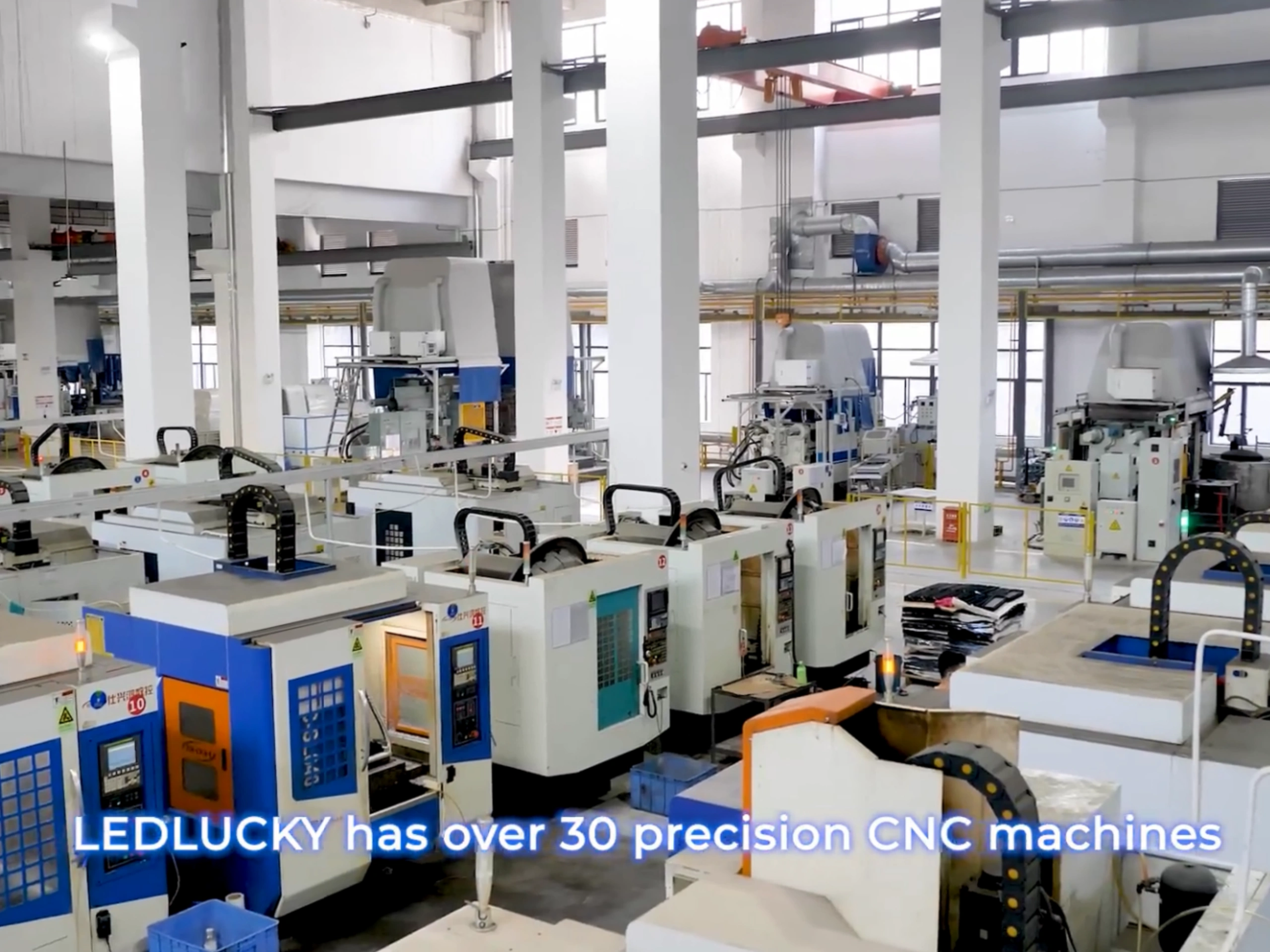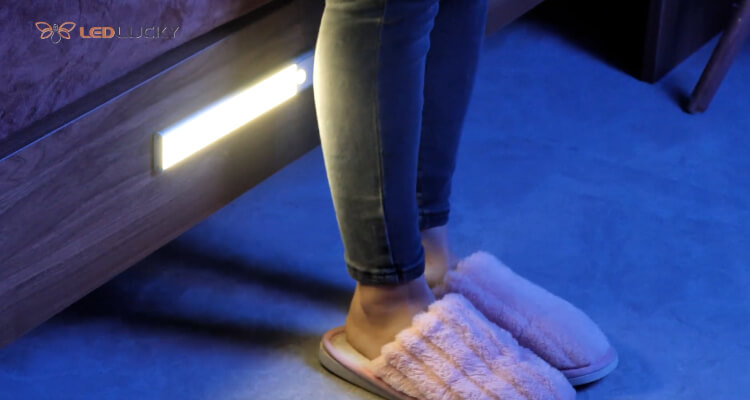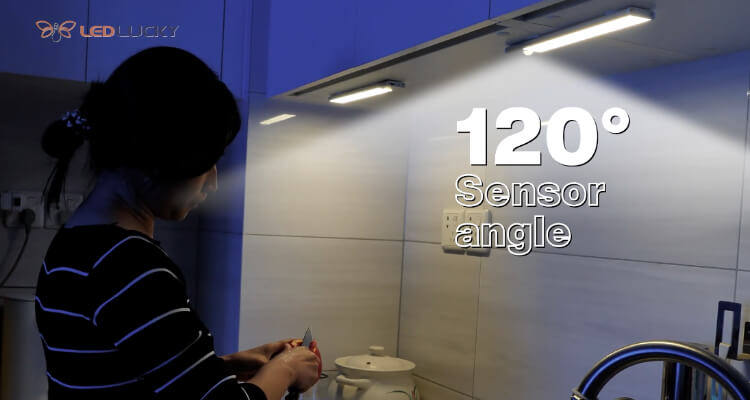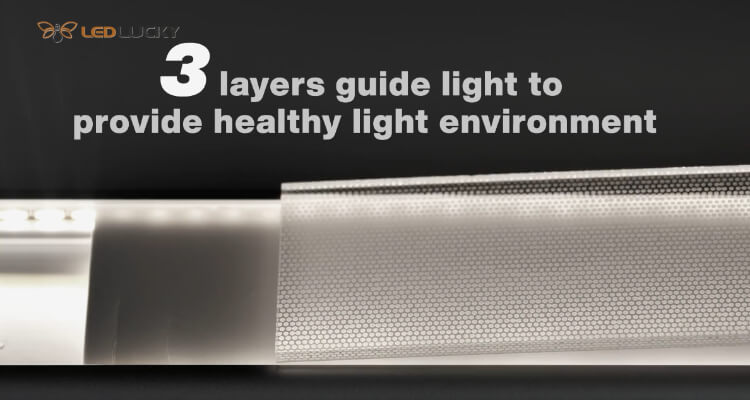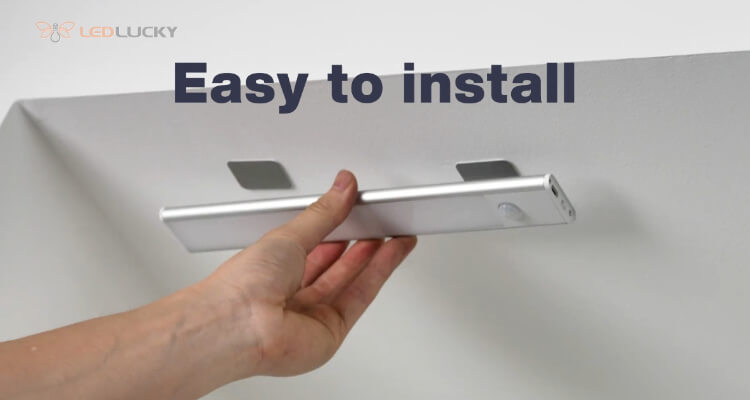The Best Cabinet Lighting Guides for Your Home
Cabinet lighting is an essential element in any modern kitchen, providing both practicality and style. Proper lighting can help you navigate through your cabinets and drawers, making it easier to find what you need while cooking. In addition, cabinet lighting can create a warm and inviting atmosphere, making your home more welcoming and comfortable.
In this article, we’ll discuss the benefits of cabinet lighting, how to choose the right lights, and the different types of cabinet lighting available.
What Are The Benefits of Cabinet Lighting?
1.1 Practicality
One of the main benefits of cabinet lighting is practicality. Cabinet lighting allows you to see what’s inside your cabinets and drawers, making it easier to find the items you need while cooking. This is especially useful when preparing food at night or in poorly lit areas of your kitchen. With the right lighting, you can easily access your kitchen supplies without having to search through dark and cluttered cabinets.
1.2 Energy Saving
Cabinet lighting can also be energy-saving. LED lights are highly energy-efficient and can significantly reduce your electricity bills. LED lights consume less power and last longer than traditional lighting, making them a cost-effective solution for your home.
1.3 Cost-effective
In addition to being energy-saving, cabinet lighting can also be cost-effective. With the right lighting, you can create a warm and inviting atmosphere in your home without having to spend a fortune on expensive furniture or decor. The right lighting can make your kitchen look stylish and modern without breaking the bank.
How to Choose Cabinet Lights?
When choosing cabinet lights, it’s essential to consider several factors such as dimmability, brightness, color temperature, hot spots, CRI, and color saturation. Here’s a closer look at each of these factors:
2.1 Dimmability
Dimmable cabinet lights allow you to adjust the brightness to suit your needs. This is especially useful when cooking at night or during early mornings when you don’t want bright lights to wake up the whole house. Dimmable lights also create a warm and inviting ambiance, making your home more comfortable and welcoming.
2.2 Brightness
Brightness is another important factor to consider when choosing cabinet lights. The level of brightness you choose will depend on your personal preferences and the size of your kitchen. In general, you’ll want to choose a brightness level that is bright enough to help you see inside your cabinets but not so bright that it’s overwhelming.
2.3 Color Temperature
Color temperature refers to the color of the light emitted by your cabinet lights. Warm white (2700K-3000K) is a popular choice for creating a cozy and inviting ambiance, while cool white (4000K-5000K) is a great option for a modern and sleek look. Daylight (5000K-6500K) is another popular option for a bright and energetic feel.
2.4 Hot Spots
Hot spots are areas of high intensity in the light emitted by your cabinet lights. They can be distracting and create uneven lighting. When choosing cabinet lights, it’s important to choose lights that have diffused lenses or light covers to prevent hot spots.
2.5 CRI (Color Rendering Index)
The Color Rendering Index (CRI) measures how accurately a light source reveals colors compared to natural daylight. A higher CRI means that colors will appear more vibrant and true to life. When choosing cabinet lights, it’s recommended to choose a CRI of 80 or higher.
2.6 Color Saturation
Color saturation refers to the intensity of the colors in the light emitted by your cabinet lights. A high color saturation will make the colors in your kitchen pop, while a low color saturation can make them appear dull and lifeless.
Things to Consider When Installing Cabinet Lighting
When installing cabinet lighting, there are several things to consider, including the style and material of your countertops, the type of lighting you want to use, and where to put your lights. Here’s a closer look at each of these factors:
3.1 The Two Main Types of Cabinet Lighting
There are two main types of cabinet lighting to choose from: strip lights and spotlights.
Strip lights are a popular option for illuminating the inside of cabinets, while spotlights are great for highlighting specific areas of your kitchen, such as your countertop or kitchen island. When choosing the type of lighting to use, consider the overall look and feel you want to achieve in your kitchen.
3.2 The Style and Material of Your Countertops
The style and material of your countertops can also affect the type of lighting you choose. Here are some considerations for different types of countertops:
Matte Style Countertops: Matte countertops are great for diffusing light, which can help reduce glare and hot spots. Strip lights are a great option for illuminating the inside of cabinets, while spotlights can be used to highlight specific areas of your kitchen.
Glossy Kitchen Surfaces: Glossy surfaces can reflect light, which can create hot spots and glare. When choosing lighting for a glossy surface, it’s important to choose lights that are diffused to reduce glare.
Black Kitchen Counters: Black countertops can absorb light, making it harder to see inside your cabinets. Strip lights can help illuminate the inside of your cabinets, while spotlights can be used to highlight specific areas of your kitchen.
3.3 Where to Put Cabinet Lighting
When deciding where to put your cabinet lighting, consider the areas where you work the most, the inside of your kitchen cupboards, and around your kitchen island. Here are some specific areas to consider:
Above the Areas Where You Work: Installing strip lights above areas where you work, such as your stovetop or sink, can provide ample light to help you see what you’re doing.
Along the Inside of Your Kitchen Cupboards: Strip lights can be installed along the inside of your cabinets to provide ample light to help you see what’s inside.
Around Your Kitchen Island: Spotlights can be installed around your kitchen island to provide focused light that can help you prepare food and entertain guests.
Installation Process for Cabinet Lighting
Installing cabinet lighting can be a simple and easy process. Here’s a step-by-step guide to help you with the installation process:
4.1 Plan Your Lighting Layout
Before you start the installation process, it’s essential to plan the layout of your lighting. Consider the type of lighting you want to use, where you want to install the lighting, and how you want to control it.
4.2 Gather the Necessary Tools
To install cabinet lighting, you’ll need the following tools:
Drill
Screwdriver
Pliers
Wire Cutters
Measuring Tape
Wire Strippers
Electrical Tape
Zip Ties
4.3 Install Your Lights
To install your lights, follow these steps:
Turn off the power to the area where you will be installing the lighting.
Install the mounting brackets for the lights. Use a drill to make pilot holes and secure the brackets with screws.
Connect the wires from the light fixtures to the power supply. Strip the wires and twist them together with wire nuts. Wrap the connection with electrical tape.
Install the power supply. Attach the power supply to the mounting bracket and plug it into an electrical outlet.
Test the lighting. Turn on the power to the lighting and check to ensure that it’s working correctly.
4.4 Hide the Wires
Once your lights are installed, you’ll need to hide the wires. Here are some ways to do this:
Use wire channels: These are channels that you can attach to the back of your cabinets to hide the wires.
Use wire clips: These are clips that you can attach to the back of your cabinets to keep the wires in place.
Use adhesive tape: You can use adhesive tape to attach the wires to the back of your cabinets.
Maintenance Tips for Cabinet Lighting
Cabinet lighting requires little maintenance, but there are a few things you can do to ensure that your lights continue to function correctly:
Clean your lights regularly: Wipe down your lights with a soft cloth to remove dust and dirt.
Replace bulbs as needed: If a bulb burns out, replace it promptly to ensure that your lights continue to function correctly.
Check for loose connections: Occasionally check the wiring connections to ensure that they are secure.
Address any issues promptly: If you notice that your lights are not functioning correctly, address the issue promptly to prevent further damage.
Conclusion
In conclusion, cabinet lighting is a practical and effective way to enhance the functionality and appearance of your living space. When selecting the right cabinet lighting, it’s important to consider factors such as the type of lighting, the style and material of your countertops, and the placement of the lighting fixtures. By keeping these key factors in mind, you can choose cabinet lighting that will provide you with the desired brightness, color temperature, and overall aesthetic effect. With the right cabinet lighting in place, you can create a warm and inviting atmosphere that will make your home feel both comfortable and stylish.

